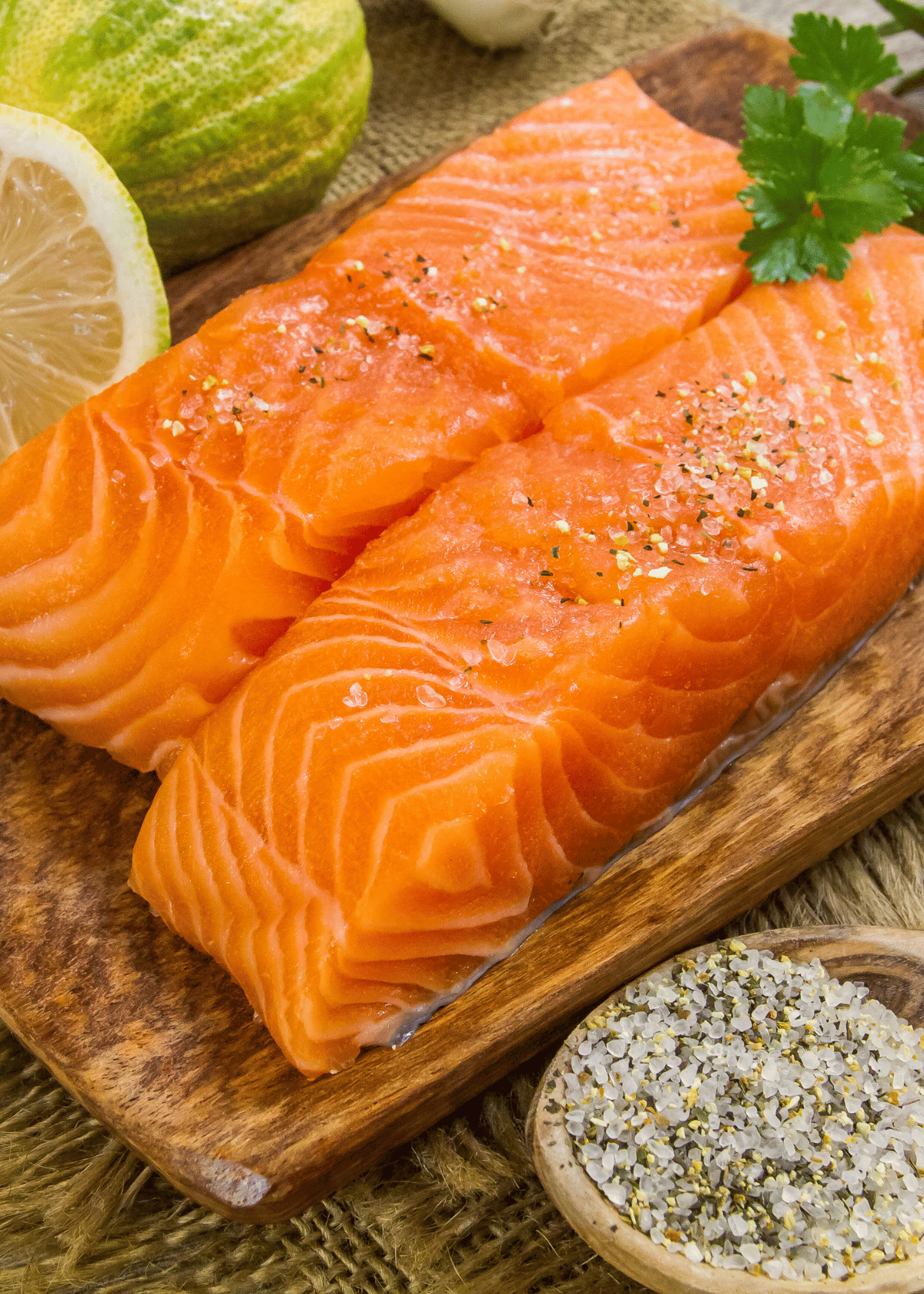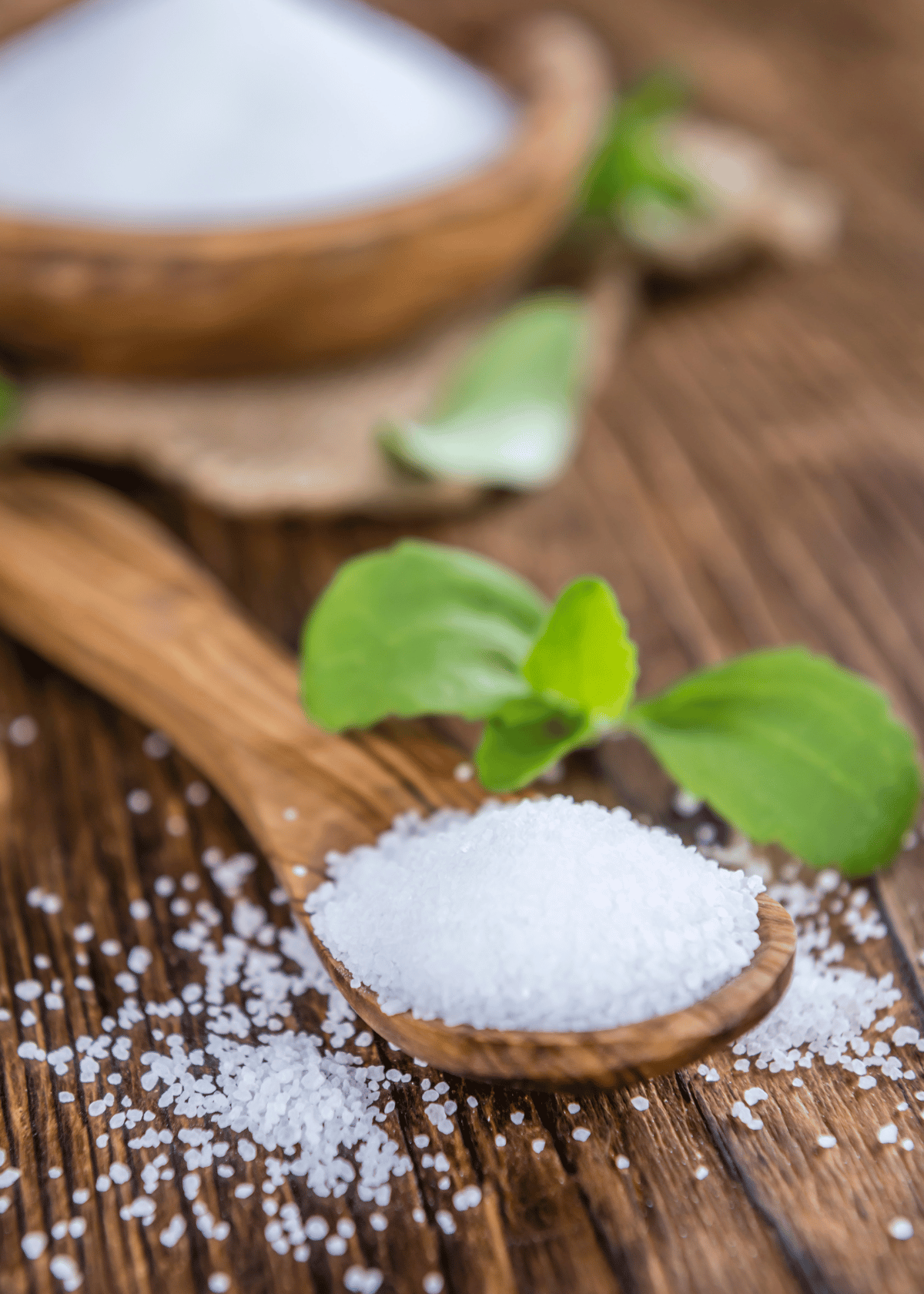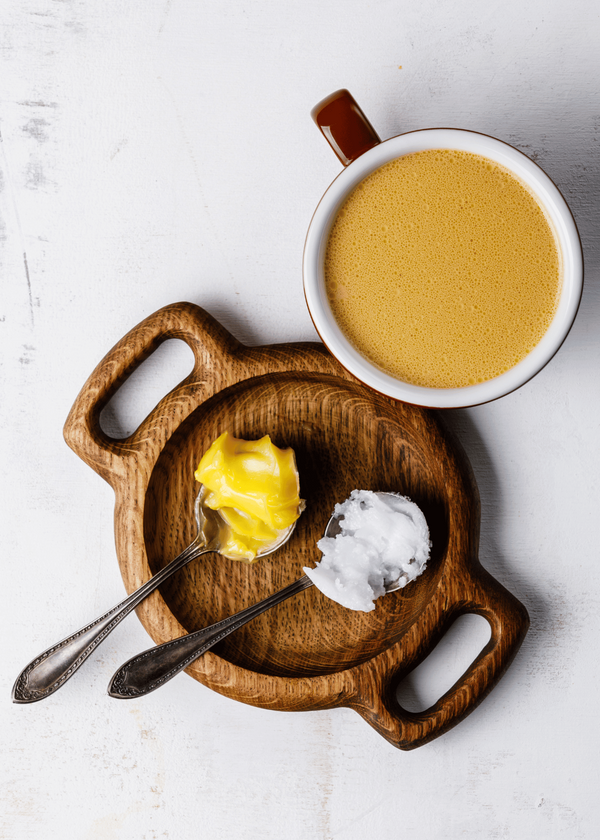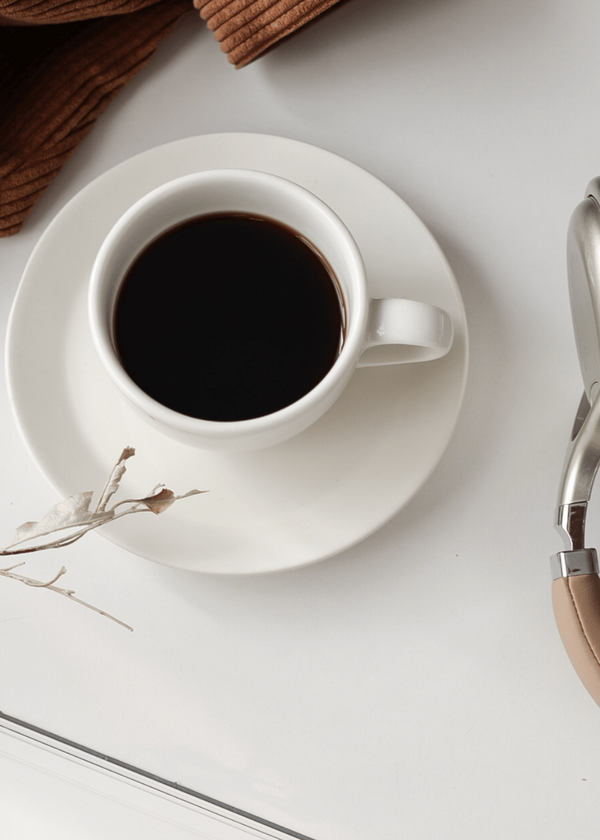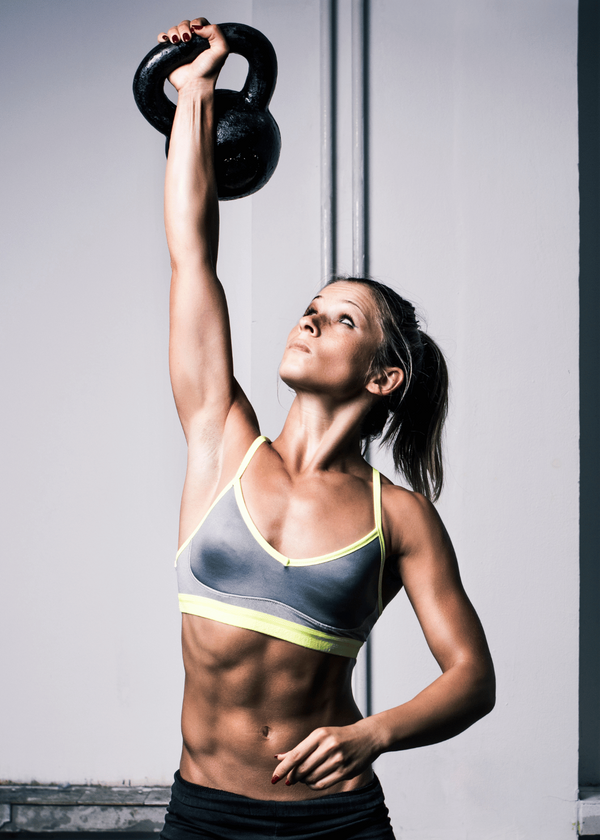Every woman experiences a period in different ways. We will review how the evidence on specific foods can help alleviate the symptoms of cramps so you can decide whether you want to try these foods or not.
Tell me the reason for these pains?
Premenstrual syndrome (PMS) is a collection of physical and emotional symptoms that can occur in the days leading up to a period. The most common premenstrual syndrome symptoms are painful period cramps, which may be accompanied by bloating, changes in appetite, mood swings, and fatigue.
About 90-95% reported experiencing periods of cramping. Why do women get period cramps? According to Durain D.’s “Primary dysmenorrhea: assessment and management update” study, period cramps are caused by increased levels of prostaglandins in the body – hormones that cause inflammation and contractions of the uterus. These occur when the uterine muscles contract to produce a loss of tissue. This contraction of your uterine tissues temporarily blocks the blood supply and triggers pain.
What helps period cramps food?
Fortunately, there are several ways to alleviate menstrual cramps and relieve menstrual pain. For example, consuming foods that are rich in anti-inflammatory properties or omega-3 fatty acids can help reduce inflammation of the uterine lining and improve menstrual flow. We'll discuss 11 foods that can help with period cramps.
Dark Chocolate
So what can you eat to ease these pesky cramps? Let’s start with the star of this blog post – dark chocolate. Studies have shown that eating dark chocolate during your period may help reduce inflammation and improve blood flow which can lead to less severe cramping. Not only that, dark chocolate has flavanols which are known for their antioxidant properties and anti-inflammatory effects helping to alleviate pain (SOURCE: https://pubmed.ncbi.nlm.nih.gov/28938497/).
Pineapple
Next up is pineapple – one of many fruits known for its anti-inflammatory properties, specifically bromelain which is an enzyme found in significantly high quantities in pineapple juice (SOURCE: https://pubmed.ncbi.nlm.nih.gov/18080743/). Pineapple also helps balance out hormones due to its Vitamin C content so it’s a great natural remedy for those nasty menstrual cramps (SOURCE: https://nutritiondata.self.com/facts/fruits-and-fruit-juices/2018/2).
Flax Seeds or Chia Seeds
For more delectable treats containing anti-inflammatories, try loading up on flax seeds or chia seeds; they contain alpha linolenic acid (ALA) which helps reduce inflammation as well as omega-3 fatty acids which improve circulation throughout your body giving you some much needed relief from those intense pains brought on by menstruation (SOURCE: https://www.ncbi.nlm.nih.gov/pmc/articles/PMC4421811/)
Ginger Tea
Ginger tea is an excellent remedy for period cramps. It helps reduce inflammation, relieve nausea, and regulate hormones – all of which can help with the discomfort experienced during a menstrual cycle. Studies show that drinking ginger tea can improve blood flow which leads to less severe cramping (SOURCE: https://pubmed.ncbi.nlm.nih.gov/22139075/). It has anti-inflammatory and antioxidant properties, making it a great help with period cramps. The compounds in ginger also aid in digestion, helping your body break down foods more efficiently which can help fight off any bloating associated with menstrual cycles. Additionally, ginger has been shown to provide relief from headaches often caused by high levels of prostaglandins resulting from menstruation!
Leafy Greens
Leafy greens like spinach are excellent for helping to manage period cramps. Spinach is packed with calcium and magnesium, two essential minerals that reduce inflammation and swelling throughout the body during menstruation. A study published in ScienceDirect found that those who had a diet rich in leafy greens experienced significantly less severe menstrual cramps than those who didn't. Moreover, spinach also contains folic acid which helps promote liver function and helps rid the body of toxins that can contribute to depression and other PMS symptoms (SOURCE: https://www.sciencedirect.com/science/article/pii/S2095254615000480). Therefore, adding more spinach into your diet is a great way to naturally alleviate some of the discomfort associated with periods!
Bananas
Studies suggest that eating more bananas can be beneficial for managing period cramps. Bananas contain a high level of potassium, which helps regulate the body's hormones and encourage relief from menstrual cramps. Additionally, they are an excellent source of dietary fiber, which helps to maintain healthy digestion and reduce bloating during periods (SOURCE: https://pubmed.ncbi.nlm.nih.gov/25073500/). Eating ripe bananas can also help regulate blood glucose levels and provide relief from fatigue and headaches that often accompany periods. Furthermore, unripe bananas are packed with enzymes that help protect against inflammation, which may also contribute to some measure of period cramp relief. While more research is needed to confirm the link between bananas and period pain alleviation, they are certainly worth consuming as part of your regular diet!
Avocados
Avocados have been found to have multiple benefits for period cramp relief. They contain high amounts of healthy fats and antioxidants that can reduce inflammation, helping to reduce menstrual pain. They are also a good source of vitamin B6, which helps regulate hormones and aid in reducing menstrual cramps (SOURCE: https://pubmed.ncbi.nlm.nih.gov/29430057/).
Additionally, avocados are a great source of fiber, which helps with digestive health and reduces bloating during your period. Avocados also provide essential minerals like potassium, magnesium, and calcium which can help with relaxation and elimination of stress - two important factors in managing the discomfort associated with periods. Overall, adding avocados to your diet when you're on your period might be able to provide some much-needed relief!
Salmon
Research suggests that eating salmon may be beneficial for managing period cramps. Salmon contains omega-3 fatty acids which have powerful anti-inflammatory and pain relieving properties, making it an ideal food to eat during menstruation (SOURCE: https://pubmed.ncbi.nlm.nih.gov/15927902/). Additionally, salmon is a great source of vitamin B12, which helps the body produce red blood cells and aids in reducing cramps associated with periods. Salmon is also packed with high quality protein, which helps maintain energy levels throughout menstruation and can help reduce fatigue and headaches that often accompany periods. Eating more salmon could also help boost serotonin levels, aiding in alleviating stress that can worsen menstrual cramping. All in all, incorporating salmon into a balanced diet when you’re on your period can provide numerous health benefits!
Walnuts
Eating walnuts may be an effective way to help manage period cramps. Walnuts are a great source of healthy fats and omega-3 fatty acids, both of which have been found to reduce inflammation and reduce symptoms associated with periods (SOURCE: https://pubmed.ncbi.nlm.nih.gov/19392282/).
Additionally, walnuts contain key vitamins like Vitamin B6, which helps balance hormones during your menstrual cycle and can ease the discomfort that comes with it. Walnuts are also packed with antioxidants, including polyphenols, which are known for their anti-inflammatory properties and can ease menstrual cramps when consumed regularly. Furthermore, walnuts contain essential minerals like iron, magnesium and phosphorous that can help boost energy levels while providing relief from cramps. All in all, adding walnuts to your diet when you’re on your period could provide numerous health benefits!
Garlic
Eating garlic during your period could be an effective way to provide relief from cramps and other associated symptoms. Garlic contains various antioxidant and anti-inflammatory properties which help relieve period cramps (SOURCE: https://pubmed.ncbi.nlm.nih.gov/9354886/). Studies show that regular consumption of garlic can reduce both the intensity and duration of menstrual pain, as well as reduce bloating and fatigue associated with periods.
Additionally, garlic is a great source of vitamin C, which helps support immunity during menstruation and prevents further inflammation in the body. The allicin found in garlic also provides antispasmodic benefits to reduce stomach contractions that cause cramping during menstruation. All in all, incorporating garlic into your diet when you’re on your period can be a great way to get some natural relief!
Yogurt
Eating yoghurt during your period could also provide some relief from cramps and other associated symptoms. Yoghurt is a great source of calcium, which helps reduce inflammation in the body due to its high levels of vitamin D and other essential minerals (SOURCE: https://pubmed.ncbi.nlm.nih.gov/14997958/). Studies show that these nutrients can aid in period pain relief, as well as bloating and fatigue that often come with a period. Additionally, the probiotic bacteria present in yoghurt can support digestion and help balance hormones, further contributing to reduced pain during a period. Furthermore, yoghurt also contains magnesium, an important mineral for muscle relaxation which also aids in reducing premenstrual cramps and pains. All in all, adding yoghurt to your diet when you’re on your period could be a helpful way to get some natural relief!
Conclusion
If you experience cramps during your period, there are several foods that may help alleviate the pain. These include anti-inflammatory foods, omega-3 fatty acids, and magnesium-rich foods. However, it is important to remember that everyone experiences their period differently, so what works for one person may not work for another. It is also worth noting that many of these remedies have not been scientifically proven to be effective. Therefore, if you are looking for ways to relieve your cramps, it is best to experiment with different methods and see what works best for you.
Related Pages:

